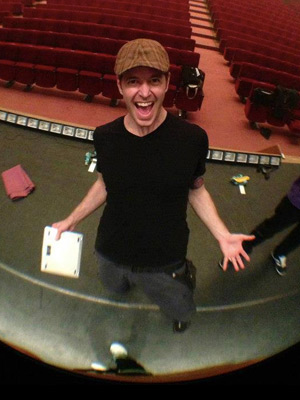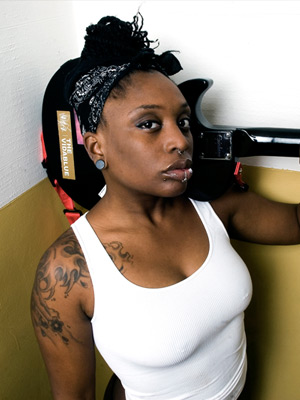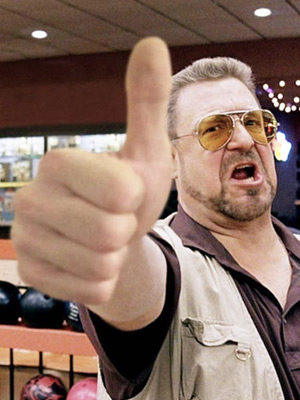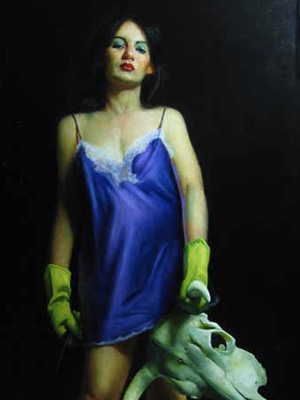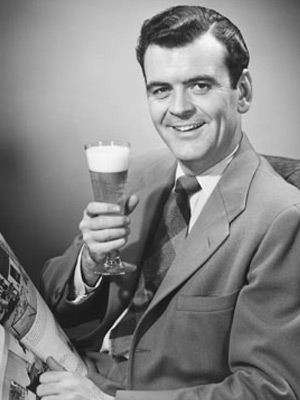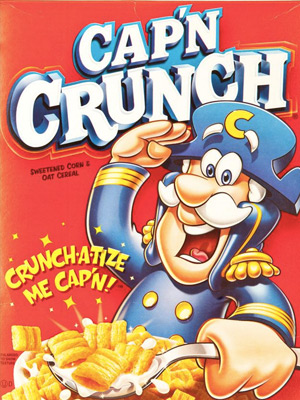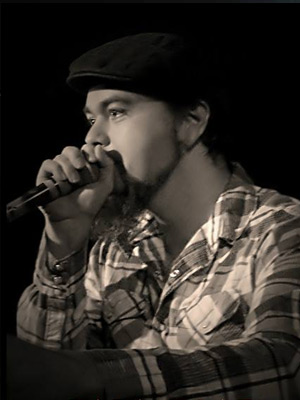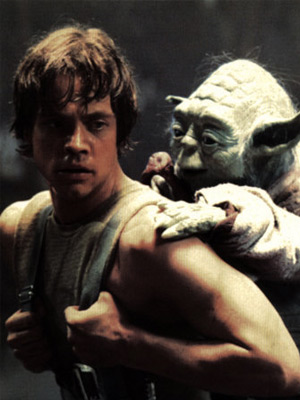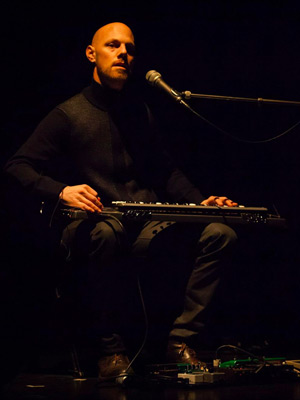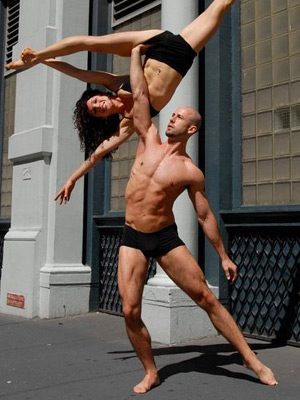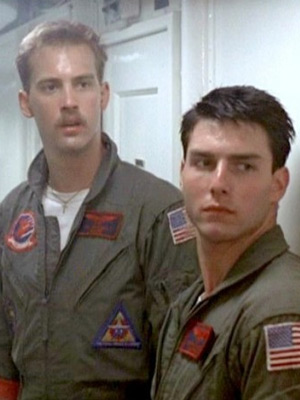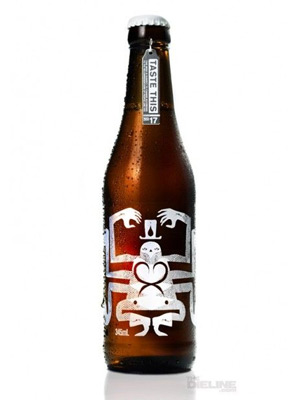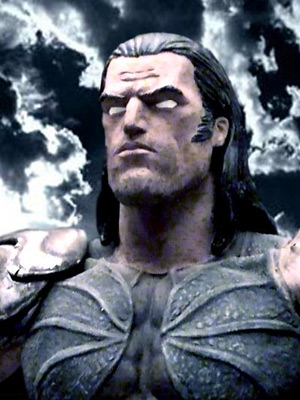 Whether you’re facing oncoming opponent, a difficult meeting or a big project you’ll be stronger, more nimble and better able to improvise strategies if you're relaxed. Breathe, trust your training and preparation, and accept that there is no situation you can control 100%. Be prepared to take some hits but don’t hold onto those bruises emotionally. Acknowledge them and move on. You'll have time later to review where you went wrong.
Whether you’re facing oncoming opponent, a difficult meeting or a big project you’ll be stronger, more nimble and better able to improvise strategies if you're relaxed. Breathe, trust your training and preparation, and accept that there is no situation you can control 100%. Be prepared to take some hits but don’t hold onto those bruises emotionally. Acknowledge them and move on. You'll have time later to review where you went wrong.
Before your next meeting pause to take a few long, slow breaths. Slow yourself down and review what you know in your head. If you’re prepared and relaxed your ideas will come more quickly. We’ve all been in situations where we’re underprepared and out of breath. It sucks. If someone surprises you with an unexpected, stressful, conversation, take control - tell them to give you a few minutes or take a deep breath before diving in. Either way, it’s up to you to set the tone and pace of conversation.
